Croatia acts to save its iconic Istrian goat
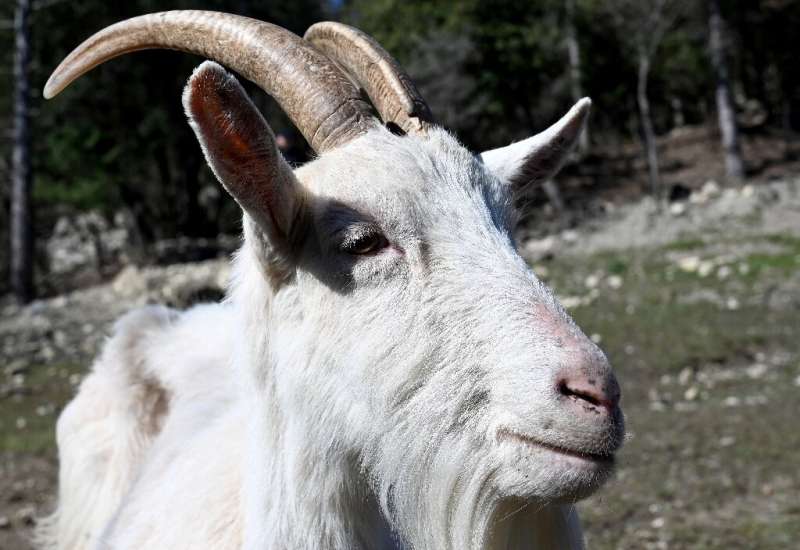
With wavy horns and a sturdy build, the Istrian goat stands proudly on Croatia's national flag. But in the pastures where the white-furred animal hails from, the breed is almost nowhere to be seen.
For centuries, the domestic goat was a staple of rural life in Croatia's Istria peninsula, an enchanting region home to rolling hills and picturesque coastline.
But from a population in the thousands in the mid-20th century, the goat's numbers have dwindled down to a few dozen, prompting local authorities to launch a conservation programme with the help of local breeders.
"It is crucial to preserve the Istrian goat since it is an indigenous breed," said Ivan Milohanic, a 32-year-old bus driver, whose herd of goats includes some 20 of the heavy-set white Istrians.
The goats are milked by hand and graze for a few hours daily at a meadow close to the Milohanic family's farm house, where he also grows olives, grapes and hosts tourists.
"Also, there is a strong interest in genuine natural products," he added, noting the health benefits of the goat's milk and meat.
Milohanic, one of a handful of local breeders raising the goats, started years ago and aspires to run a small cheese factory in future.
Milk and meat
The animals were for many years a key food resource, providing milk and meat for villagers too poor to afford a cow or sheep.
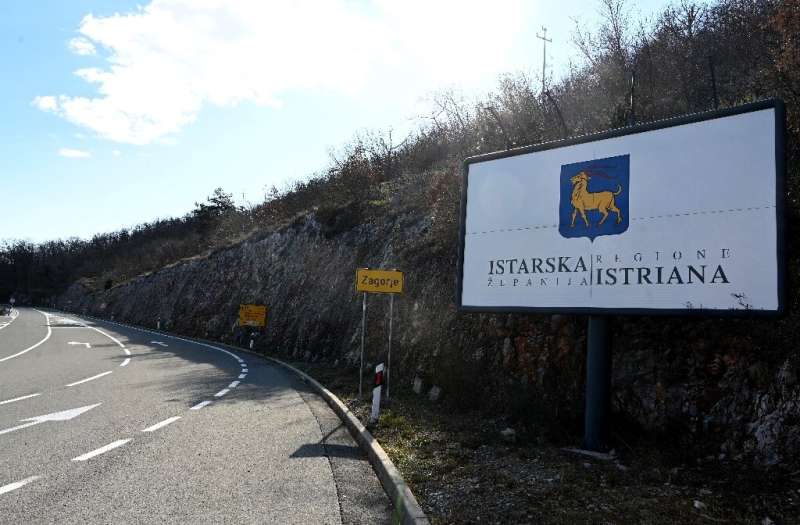
"There was practically no farm without some goats," said Boro Mioc, a professor at the Zagreb University Faculty of Agronomy, who is helping the revitalisation project.
Known as agile and intelligent, goats were the first animal to be milked by man, he added.
In times of hardship, such as during wars or hunger, the "poor man's cow" helped villagers survive due to their modest needs regarding food and shelter.
They were also easy to bring along if the owner needed to flee.
"Goats were always a symbol of poverty but also of the preservation of family," said Gordan Subara, of the government's agency for Istria's rural development, in charge of the rehabilitation project.
The death of a goat was once a tragedy for an average Istrian family.
But laws in the 19th and 20th centuries practically banned keeping the animals, which were considered forest-destroying pests, causing the population to shrink dramatically.
In recent decades, the movement of people to urban areas and development of tourism as a source of income have further reduced reliance on the animals.
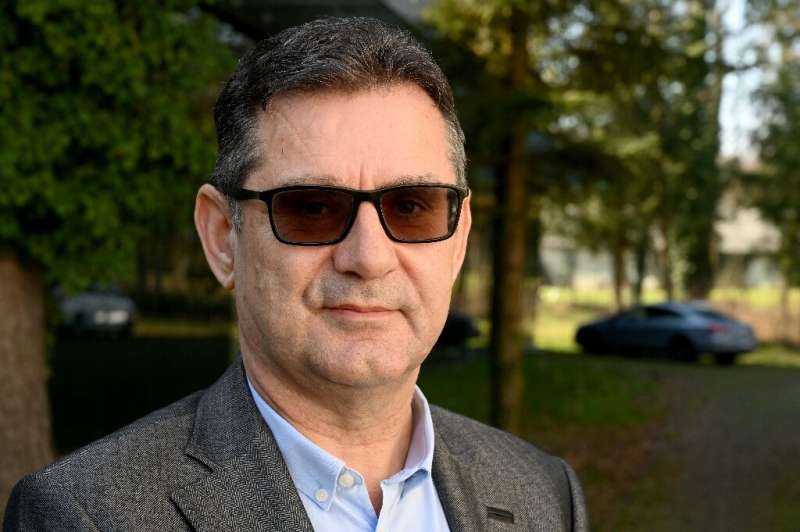
'Return our debt'
The local revitalisation project started in 2010 with experts carrying out a genetic analysis to confirm the Istrian breed still existed with a view to adding it to Croatia's list of indigenous and protected species.
That followed two years later.
Local authorities are now studying around 30 breeding goats to prevent mating of close relatives, with hopes that artificial insemination can also help double the population annually to reach 1,000 within a decade.
"The most important goal is to return our debt towards this animal, whom we proclaimed a pest without justification," Subara told AFP.
This year, they also plan to buy up any Istrian baby goats in the region to prevent their slaughter.
While Istria has changed hands several times over the centuries, the goat has remained an enduring symbol, featuring on the region's coat of arms while it was a part of the Austro-Hungarian Empire and Italy.
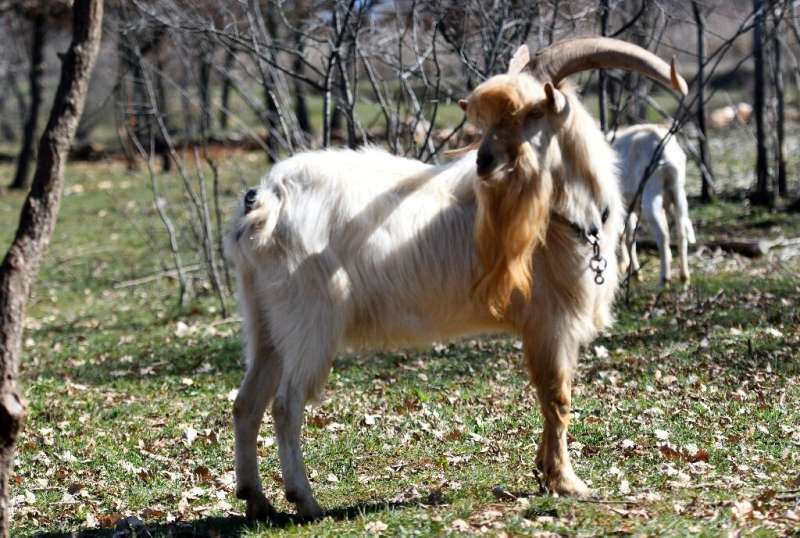
After Croatia's independence from Yugoslavia in 1991, a yellow goat with red horns and hooves was incorporated onto both Istria and the national flag, as well as both coat of arms.
"Preserving that symbolism is also very important," Subara stressed.
Tourist attraction
Another ray of hope for the goats may lie in tourism.
Olgica Skopac, whose farm is nestled between the picturesque hilltop town of Labin and the coastal resort of Rabac, used two does and a buck to clear her land a few years ago instead of machinery.
Now the animals are an additional draw for the tourists who stay in apartments on her farm.
"We are renewing a traditional rural household" on nature's doorstep, said the energetic 66-year-old, who with her husband grows olives and keeps some 20 Istrian sheep, three donkeys and several goats.
-
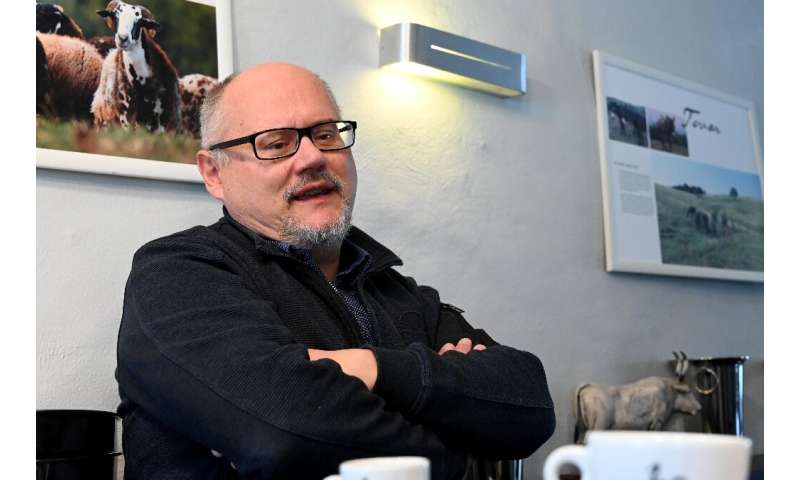
"The most important goal is to return our debt towards this animal, whom we proclaimed a pest without justification," says Gordan Subara, of the government's agency for Istria's rural development, in charge of the rehabilitation project -
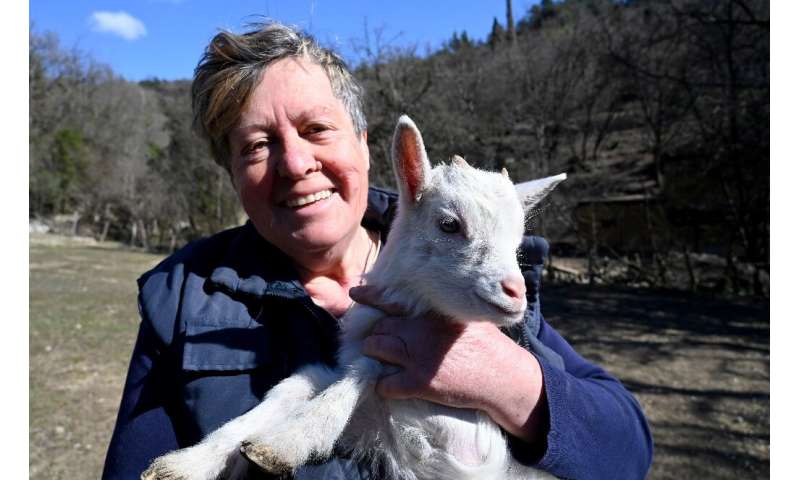
Olgica Skopac, 66, says the goats are an additional attraction for tourists who stay in apartments at her farm -
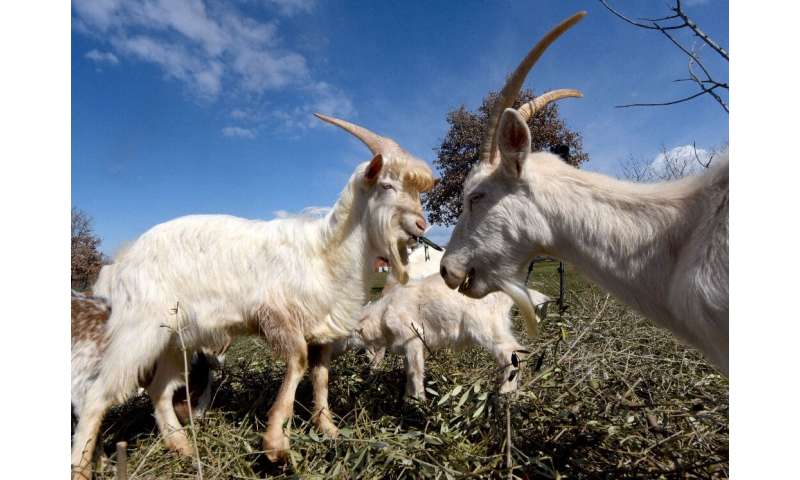
In 2012, the Istrian goat was added to Croatia's list of indigenous and protected species
If not going to nearby beaches, tourists can enjoy a sea view from the terrace of the Skopacs' house or hike in the forest surrounding it.
Many visitors are also interested in animals kept in barns in a nearby valley.
"They ask questions so we spread the popularity of our Istrian goat," the smiling woman told AFP, cuddling a goat kid in her arms.
Mioc, the professor, is convinced that the Istrian goat has "a future", but adds: "We have to save it first."
© 2021 AFP




















